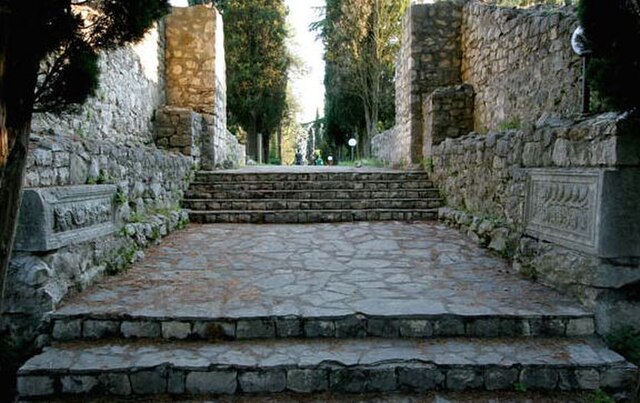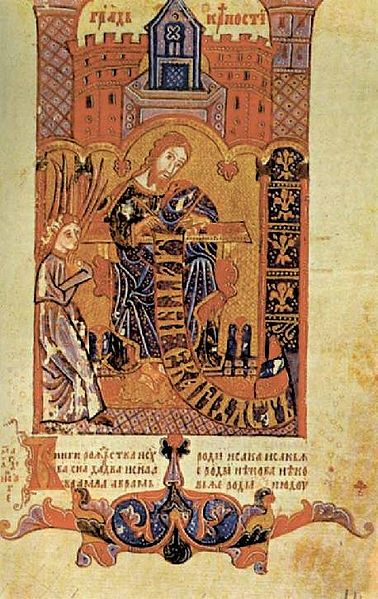Islam in Bosnia and Herzegovina
Islam is the most widespread religion in Bosnia and Herzegovina. It was introduced to the local population in the 15th and 16th centuries as a result of the Ottoman conquest of Bosnia and Herzegovina.
Muslihudin Čekrekčija Mosque, Sarajevo, 1526
Aladža Mosque, Foča, 1550 (rebuilt 2018)
Šišman Ibrahim-pasha Mosque (Hadži Alijina Džamija), Počitelj, 1561
Ferhat-pasha Mosque, Sarajevo, 1562
Bosnia and Herzegovina, sometimes known as Bosnia-Herzegovina and informally as Bosnia, is a country in Southeast Europe, situated on the Balkan Peninsula. It borders Serbia to the east, Montenegro to the southeast, and Croatia to the north and southwest. In the south it has a 20 kilometres long coast on the Adriatic Sea, with the town of Neum being its only access to the sea. Bosnia has a moderate continental climate with hot summers and cold, snowy winters. In the central and eastern regions, the geography is mountainous, in the northwest it is moderately hilly, and in the northeast it is predominantly flat. Herzegovina, the smaller, southern region, has a Mediterranean climate and is mostly mountainous. Sarajevo is the capital and the largest city.
Iron Age cult carriage from Banjani, near Sokolac
Mogorjelo, an ancient Roman suburban Villa Rustica from the 4th century, near Čapljina
Hval's Codex, illustrated Slavic manuscript from medieval Bosnia
Gazi Husrev-beg Mosque in Sarajevo, dating from 1531








